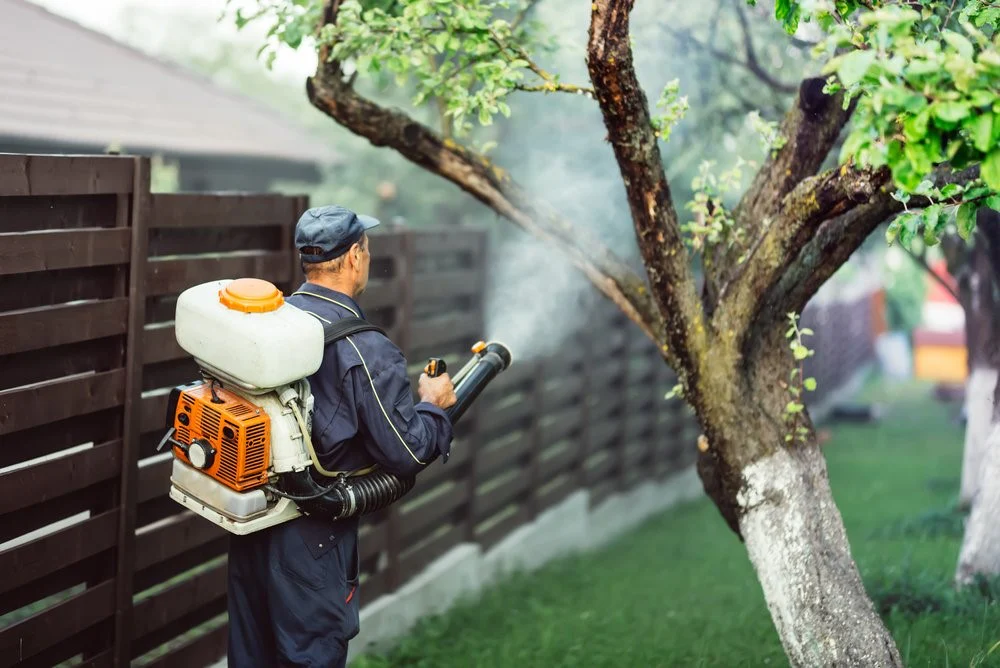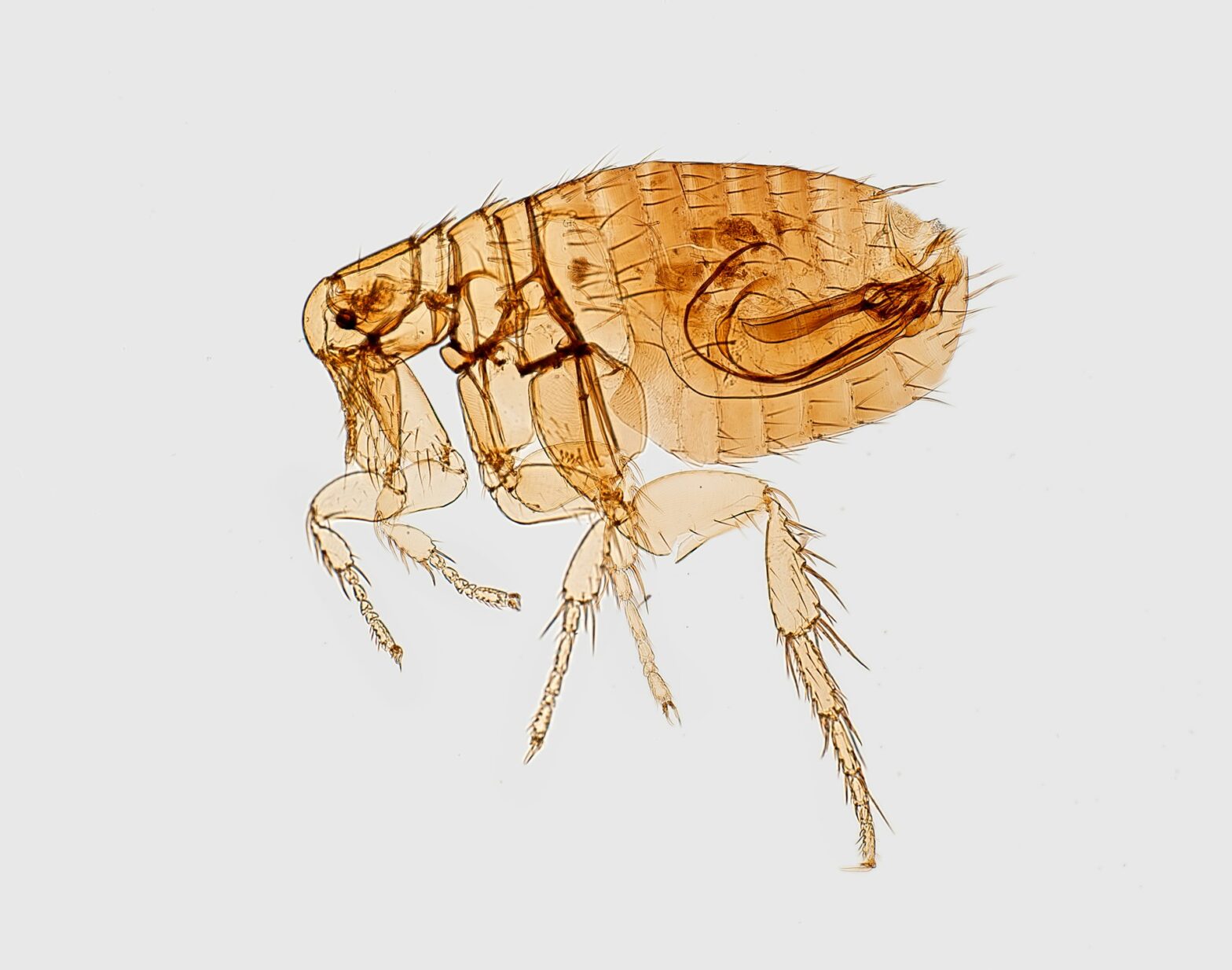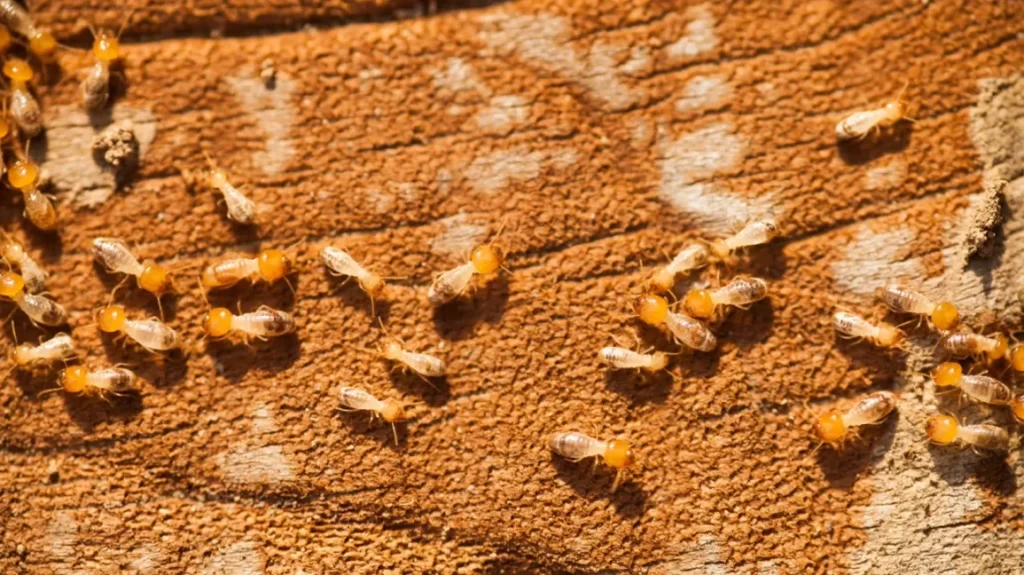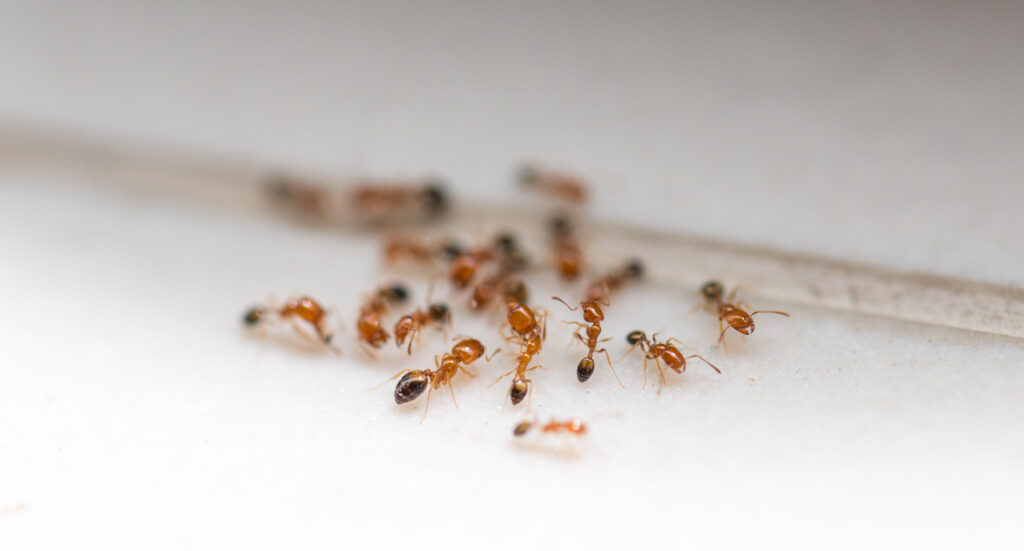Let’s explore practical steps that you, as a homeowner, can take, blending efforts that you can apply with insights straight from pest control professionals.

How to Prevent Your Home From Being a Pest Magnent
After staying dormant during the winter, insects and rodents, as well as other types of pests, become more active as temperatures warm up. Driven by instincts to reproduce and nest, they take advantage of the ideal conditions created by the freshly melted snow and spring rains.
Cracks in foundations, gaps around windows, and clogged gutters offer easy access. Without intervention, these tiny invaders can compromise structural integrity, contaminate food, and even pose health risks.
1. Start Outsdie
Pests don’t magically appear indoors. They have to come from somewhere else, particularly, outside your home.
Begin by inspecting the perimeter. Take a good and long walk around your property, taking note of cracks in the walls, loose siding, or spaces where the utility lines enter. Even gaps as thin as a dime can allow mice or insects to pass through. This is where using weather-resistant caulking or steel wool to seal openings helps. Don’t forget to pay attention vents and chimneys, installing mesh screens to block entry.
Overhanging tree branches and dense shrubs act as bridges for pests. Trim foliage at least two feet away from the house. Clear leaf piles, fallen branches, and mulch near foundations, as these provide hiding spots. Consider replacing wood-based mulch with gravel or rubber alternatives, which deter termites and ants.
2. Eliminate Moisture
Food, water, and shelter are three reasons pests go inside your home. If there’s no food, they’ll make do with water. Damp environments, in particular, attract most pests, especially cockroaches, silverfish, and mosquitoes.
Check under sinks and around appliances for condensation or pooling water. Dehumidifiers in basements or crawl spaces reduce humidity, making these areas less inviting.
3. Proper Storage
Pests are always on the lookout for the next easy meal. Store pantry items like cereal, flour, and pet food in airtight containers. Avoid leaving fruit bowls or crumbs on countertops overnight. Secure trash bins with tight-fitting lids outside and position them away from doors. Compost piles should be enclosed and situated far from the home.
One of the best home pest exclusion methods is to declutter your home. Clutter offers hiding spots. Organize garages, attics, and basements, eliminating cardboard boxes that rodents chew through. Use plastic bins for storage instead. Regularly vacuum floors and wipe surfaces to remove food residues.
Staying Vigilant
Pest prevention isn’t a one-time task. Revisit these steps seasonally, adapting to weather changes or new vulnerabilities. Monitor for signs like droppings, chewed wires, or mud tubes along foundations. Encourage family members to report sightings. Early intervention stops small issues from escalating.
But while proactive measures do indeed help, you still need professional help to solve and look for deeper issues. They can address root causes, which are often invisible to homeowners, like identifying moisture sources or structural flaws.
Scheduling a pre-spring evaluation, especially if your home has a history of infestations or sits in a pest-prone area, is one of the many professional pest inspection benefits that help guarantee that your home doesn’t become a hotspot for pests as nature awakens.





